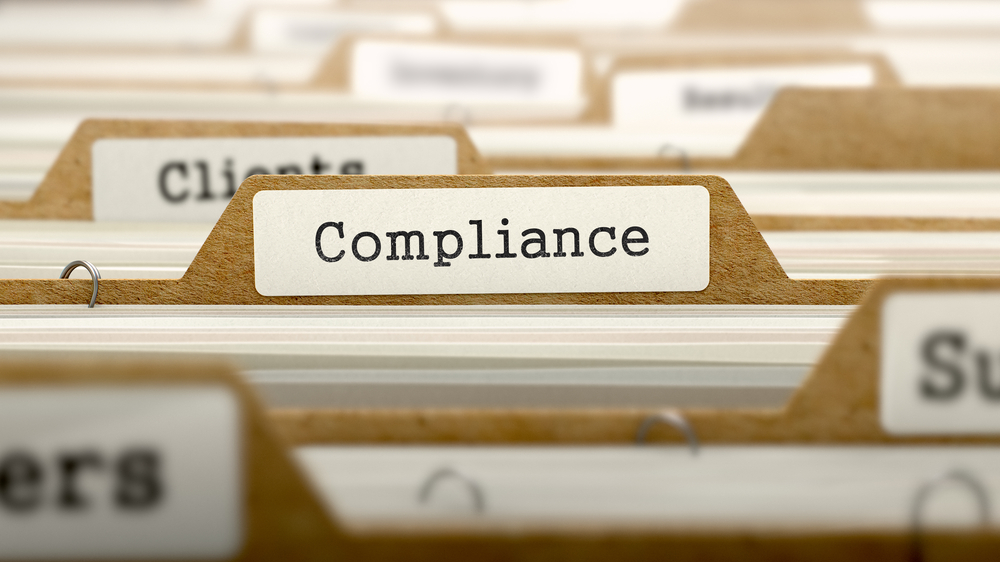 5-minute read
5-minute read
In September 2020, the state of California passed SB 973, a new law requiring employers to submit an annual pay data report to the Department of Fair Employment and Housing (DFEH). As an employer within the state, here’s what you need to know about the law and your obligations.
Overview of SB 973
First, let’s go over the basics of the new pay data reporting requirement.
1. Why does California require pay data reporting?
California’s Equal Pay Act has been in effect for decades. However, the state has taken several additional measures in recent years to help strengthen the law and reduce pay discrimination.
The DFEH states that “despite significant progress made in California in recent years to strengthen California’s equal pay laws, the gender pay gap persists, resulting in billions of dollars in lost wages for women each year in California.” SB 973 authorizes DFEH to enforce the Equal Pay Act by identifying discriminatory wage patterns.
2. Is the wage data public information?
No, unless it’s required as part of an investigation.
3. How is the wage data secured?
The DFEH states that it “takes data security and privacy very seriously.” The reporting system uses end-to-end encryption, and the data is stored in a secure government cloud environment that meets federal and state requirements for data protection.
Filing Requirements
There are specific requirements regarding pay data and its filing requirements. We'll cover the most common questions you may have.
1. How should you report pay wage data?
There is an online portal for submissions; email and hard copy reports aren’t accepted. You can find the portal here, and the user guide here.
Excel or .CSV files are the requested methods, but there’s also a fillable form you may use. If you would like to see a report template, there’s one available here.
If you’re an employer with multiple establishments, you must submit all of your data in one single report.
2. What is the reporting deadline?
March 31, 2021, is the first reporting deadline. You must file additional reports by March 31 of each following year.
3. Can you ask for an extension to file pay data?
DFEH states that they may allow extensions for certain circumstances during the first year of reporting. You can fill out a form online by March 31, 2021, to ask for a deferral request.
What are the penalties if you fail to file?
If you fail to file, DFEH may seek an order that requires you to comply with the requirements. They “shall be entitled to recover the costs associated with seeking the order for compliance.”
4.Who must report pay data?
You must report pay data if you’re a private employer with 100 or more employees and are required to file an annual Employer Report under federal law.
If some of your employees work in California and others work outside the state, then you must count all employees in your total to determine whether you meet the 100 employee threshold. Part-time employees as well as those on CFRA leave, pregnancy leave, disability leave, or disciplinary leave must also be included in your total.
Data to Report
DFEH states that its portal, user guide, and template include all the information you need to report. This includes but may not be limited to the following:
- The number of employees by race, ethnicity, and sex who work in certain job categories.
- The number of employees by race, ethnicity, and sex whose annual earnings fall within each of the pay bands used by the United States Bureau of Labor Statistics.
- The total number of hours worked by each employee plus the hours the employee was on any form of paid time off.
- The Reporting Year and dates of the Snapshot Period selected by the employer.
- The employer’s identifying information.
- Any clarifying remarks.
- A certification that the information contained in the pay data report is accurate and prepared in accordance with Government Code section 12999 and DFEH’s instructions, and the name, title, signature, and date of signature of the certifying official.
- A person to contact about the report.
Sources:


